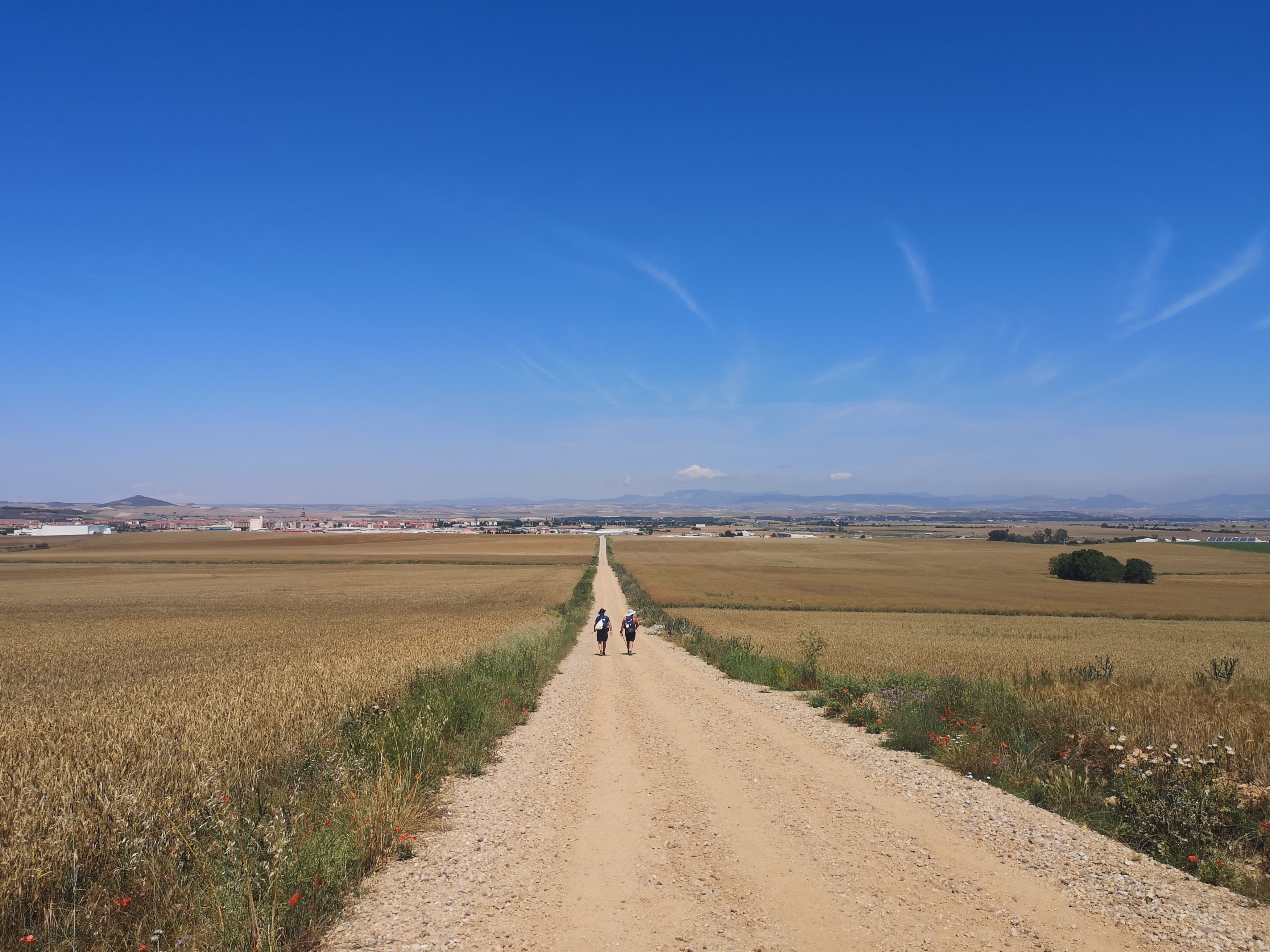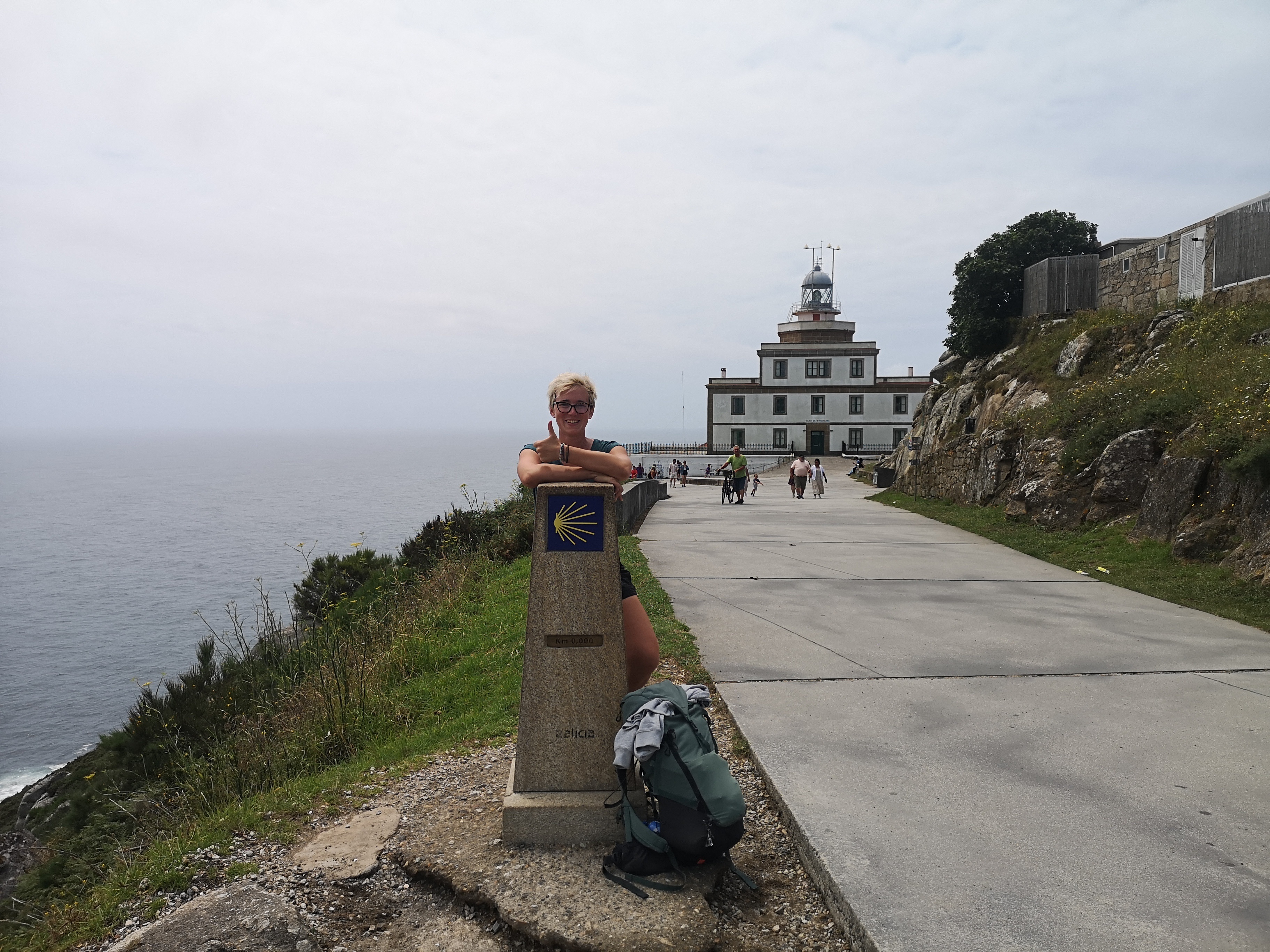Interview with Ivana Bublić - Camino de Santiago travel experience
Briefly about me, my career and Mazars
My career begins in 2014 at Big4, and after a year and a half of working in the tax department, I transferred to audit, and to this day, I have successfully completed my eighth season as a manager. Why audit? Because it is a dynamic business with a multitude of opportunities for growth and development and meeting new people. And most importantly, with the longest vacations.
As for Mazars, I like the more "humane" form of organization the most. A great advantage are fixed teams and the allocation of projects to the team as opposed to the allocation of people to projects. In this way, we are much more flexible and efficient as a team, and there is greater responsibility and motivation of younger colleagues in the team. All this eventually results in greater customer satisfaction because the same team is available to them not only through audit, but throughout the year.
Given that I sit most of the working time, in my free time I try to be as active as possible. I've been in sports since I was seven years old and I've been through a lot, from combat sports and handball in elementary school, high school football to insanity and functional training in college. In addition to coaching, I go on coffees, cook, entertain Pixie and travel. Travel is my best reset, so I look to go to faraway destinations every year for 3-plus weeks apart from minor weekend trips.
Overnight decision and going to the "end of the world"
The Camino de Santiago is the most famous pilgrimage that annually walks about 450 thousand people with the final destination in front of st. Jacob in Santiago. Statistics say that 85% of pilgrims go for religious reasons, and the rest for spiritual and other reasons. There are several different routes, the most famous being the French way, which starts from the small French town of Saint Jean Pied de Port and is 780 km long. I also extended 90 km to Finisterre or the so-called "end of the world" because I wanted to finish my Camino at the end point to the ocean, after which "there is no further". The decision to go to the Camino fell quite suddenly without any planning and major preparation. One weekend I stumbled upon a travelogue about the Camino over coffee and in the next hour of googling I made a decision. Last year was extremely difficult for me personaly, so the Camino seemed like the perfect way to reset to " startup settings."
"Live every day to the fullest"
The advice is that it is best to start solo on the road, get out of the comfort zone and allow yourself time just for yourself. Then I looked at the Camino as "I'm going to walk a little bit, be alone with myself and think about life," but it turned out to be the exact opposite. Firstly, the second day I needed company and I met so many different and interesting people who I had fun with and who I probably wouldn't have met if I had been in a closed circle of familiar people. People are open and willing to tell their life stories practically to strangers, so it's amazing how many lesson are learned. Secondly, the term "to think about life" is actually reduced to a set of experiences and cognitions through the journey itself and the fact that one should enjoy to the fullest every day. I told myself that I would apply this attitude in my daily life.
"An incredible journey from which everyone eventually gets what they came for in the end."
As for physical preparation, although I regularly went to functional training, I was a little afraid of how the body would react to daily multi-kilometer walking and to cumulated fatigue in a month. The first day I did 24 km and every next day I lifted for 5 km until I came to 37 km in one day and wondered "ok, who am I really competing with". In that first phase, it was a challenge for me to test boundaries, but it was against the hedonist in me, so I went back to an average of 30 km per day. There were also people who worked at 50 km a day, some with inflammation and blisters, talking about endurance and persistence. I met a man who came to Leon at that pace and had to give up because of pain, but it's the same as in life, one needs to know how to set a line between "testing one's own limits" to extreme burnout.
I didn't have some psychic ups and downs, although I expected it from other people's experiences. I think we auditors have toughened up through the seasons so we can't be easily thrown off course. Perhaps the hardest part of the journey was through the Castilla region, which is similar to Slavonia. Walking on the plain, in the middle of the wheat fields at a temperature of +30, and just when you see the hill and think "there's a village behind and a cold booze" goes disappointment and another 10 km to the finish line. It is similar in business when a client shows up with five new requests two days before the deadline, it is only important to keep the focus and stay calm because there is a solution for everything.
The Camino is truly an incredible journey that gives an invaluable experience and I think everyone gets out of it what they came for. My expectations were certainly exceeded.
Advice no anyone thinking about the Camino – just buy a plane ticket and don't plan, just let the road take you.



